Table of content
Mastering the Art of Cooking Glutinous Millet Yuanxiao: Perfect Timing and Techniques for a Delicious Traditional Treat*
Glutinous millet yuanxiao, a beloved traditional Chinese dessert, holds a special place in culinary culture, particularly during the Lantern Festival. This sticky, chewy treat, made from glutinous millet flour and filled with sweet or savory fillings, requires precise cooking to achieve its signature texture and flavor. One of the most common questions among home cooks and culinary enthusiasts is: How long does it take to boil glutinous millet yuanxiao to perfection?* This article delves into the science, techniques, and cultural nuances of cooking this iconic dish, ensuring you master the timing and methods for a flawless result every time.
Before diving into cooking times, it’s essential to grasp the basics of glutinous millet yuanxiao. Unlike regular rice flour, glutinous millet flour (also known as sticky millet flour) contains a higher proportion of amylopectin, a starch molecule that gives the dough its characteristic stickiness and elasticity. This property allows the yuanxiao to hold its shape during boiling while developing a soft, pliable texture.
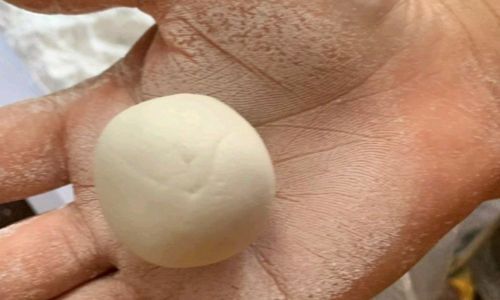
Traditionally, yuanxiao is made by wrapping a filling—such as sesame paste, red bean paste, or crushed peanuts—within a dough made from glutinous millet flour and water. The dumplings are then boiled until cooked through, resulting in a delightful contrast between the tender exterior and the gooey, flavorful interior.
The Science of Boiling: Key Factors Affecting Cooking Time
Cooking glutinous millet yuanxiao is not merely about timing; it’s a delicate balance of heat, water, and dough composition. Several factors influence how long it takes to boil these dumplings to perfection:
- Size and Thickness: Larger or thicker yuanxiao will require more time to cook through, as heat needs to penetrate deeper into the dough.
- Freshness: Freshly made yuanxiao cooks faster than frozen or refrigerated ones, as ice crystals in frozen dumplings can slow down heat transfer.
- Filling Density: Fillings with higher fat or sugar content may melt faster, potentially altering cooking dynamics.
- Altitude: At higher elevations, water boils at lower temperatures, which can extend cooking times.
- Stovetop Heat: Consistent, medium-high heat ensures even cooking without overcooking the exterior.
Step-by-Step Guide to Boiling Glutinous Millet Yuanxiao
Preparing the Pot and Water
- Use a Large Pot: Opt for a pot with ample space to prevent overcrowding, which can cause the yuanxiao to stick together or cook unevenly.
- Water Quantity: Fill the pot with enough water to submerge the dumplings completely (at least 4–6 cups for 10–12 yuanxiao).
- Salt Addition: Adding a pinch of salt to the water enhances flavor and helps tighten the dough slightly, reducing the risk of breakage.
Bringing Water to a Rolling Boil
- Heat the water over high heat until it reaches a vigorous, rolling boil. This ensures rapid cooking and helps set the dough’s exterior quickly.
Adding the Yuanxiao
- Gently lower the yuanxiao into the boiling water using a slotted spoon to avoid splashing.
- Avoid Overcrowding: Cook in batches if necessary, leaving at least 2 inches of space between dumplings.
Cooking Time and Stirring
- Initial Boil: Allow the water to return to a boil, then reduce the heat to medium to maintain a gentle simmer.
- Stir Gently: Stir occasionally with a wooden spoon to prevent sticking, but avoid aggressive agitation, which can break the dumplings.
- Cooking Duration:
- Fresh Yuanxiao: 8–10 minutes.
- Frozen Yuanxiao: 12–15 minutes.
- Signs of Doneness:
- The yuanxiao will float to the surface (though this isn’t always reliable).
- The dough becomes translucent and soft to the touch.
- A toothpick inserted into the center meets little resistance.
Post-Cooking Steps
- Drain Carefully: Use a slotted spoon to transfer the yuanxiao to a serving dish, avoiding excessive squeezing.
- Optional Rinse: Rinse briefly under cold water to remove excess starch and prevent sticking (optional, but common in some regions).
Troubleshooting Common Issues
-
Undercooked Centers:
- Cause: Insufficient cooking time or overcrowding.
- Solution: Extend cooking time by 2–3 minutes and ensure even spacing.
-
Mushy Exteriors:
- Cause: Overcooking or low-quality flour.
- Solution: Reduce cooking time by 1–2 minutes and use fresh, high-quality glutinous millet flour.
-
Sticking to the Pot:
- Cause: Insufficient water or high heat.
- Solution: Use more water, maintain a gentle simmer, and stir gently.
-
Filling Leakage:
- Cause: Thin dough or aggressive boiling.
- Solution: Ensure dough is evenly thick and avoid rapid boiling after adding the yuanxiao.
Advanced Techniques and Variations
While boiling is the most common method, glutinous millet yuanxiao can also be prepared using alternative techniques:
-
Simmering:
After boiling, reduce heat to low and simmer for an additional 2–3 minutes for extra softness.
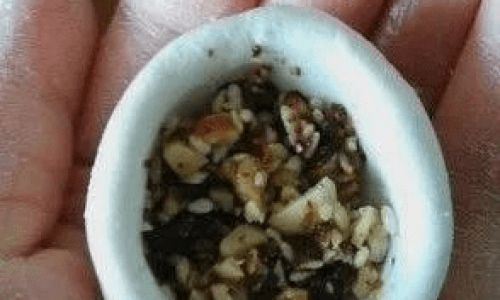
-
Steaming:
Place yuanxiao on a steamer basket over boiling water and cook for 15–20 minutes. This method preserves moisture and shape.
-
Pan-Frying:
Boil first, then pan-fry in a light oil until golden brown for a crispy texture.
Cultural Significance and Serving Suggestions
Glutinous millet yuanxiao is deeply rooted in Chinese traditions, symbolizing unity, family, and the arrival of spring. During the Lantern Festival, families gather to enjoy these dumplings in a sweet broth or with a sprinkle of toasted sesame seeds. Modern interpretations include serving them with coconut milk, red bean soup, or even in savory broths with vegetables.
Conclusion: The Joy of Perfectly Cooked Yuanxiao
Mastering the cooking time for glutinous millet yuanxiao is a rewarding culinary skill that bridges tradition and innovation. By understanding the interplay of ingredients, heat, and technique, you can ensure each dumpling achieves its ideal balance of chewiness and tenderness. Whether you’re celebrating a festival or simply savoring a comforting treat, the key lies in patience, practice, and a keen eye for doneness. So, the next time you boil a pot of these golden dumplings, remember: timing is everything, but the joy of sharing them is priceless.
This article provides a comprehensive guide to cooking glutinous millet yuanxiao, blending technical precision with cultural appreciation. By following these steps, you’ll not only answer the question of “how long to boil” but also elevate your culinary repertoire with a dish that transcends time and taste.
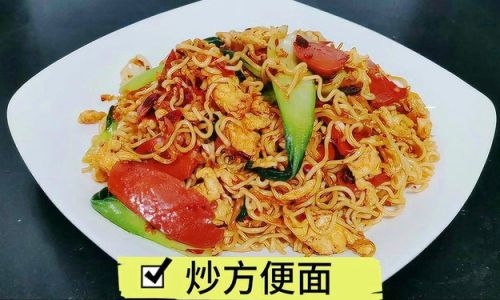
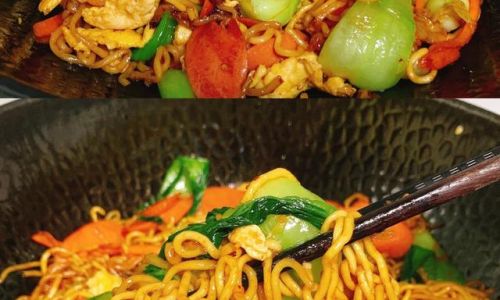
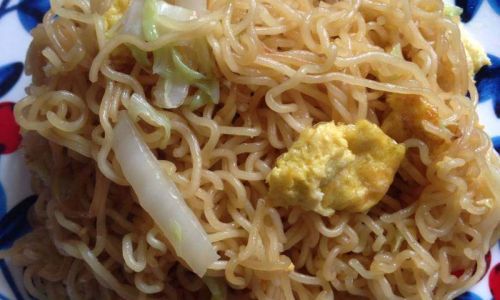
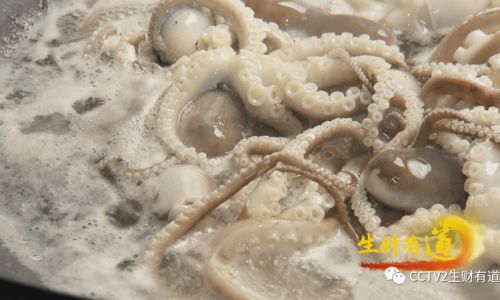
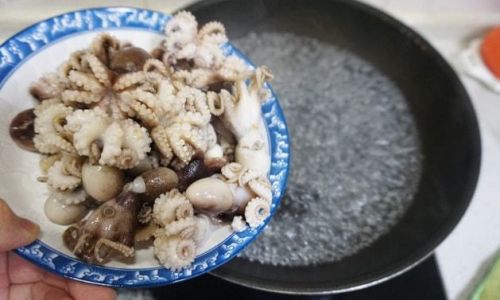
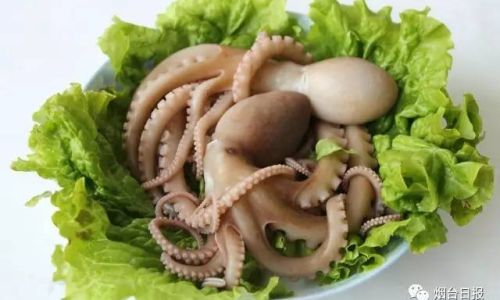
0 comments